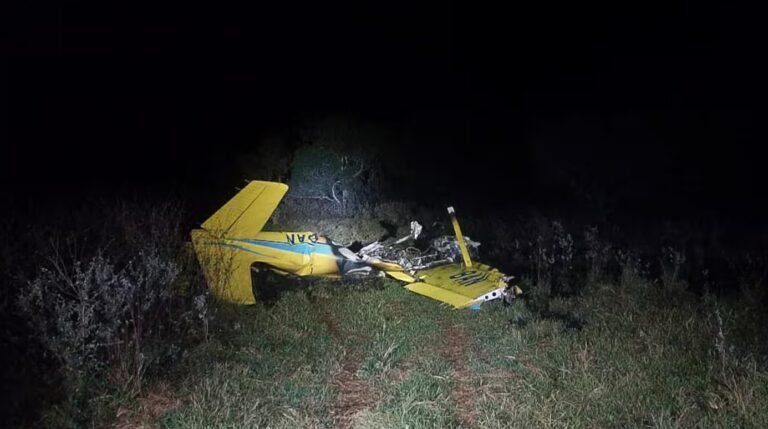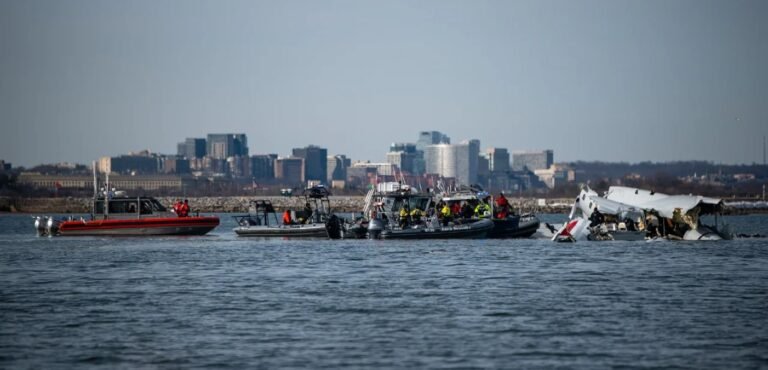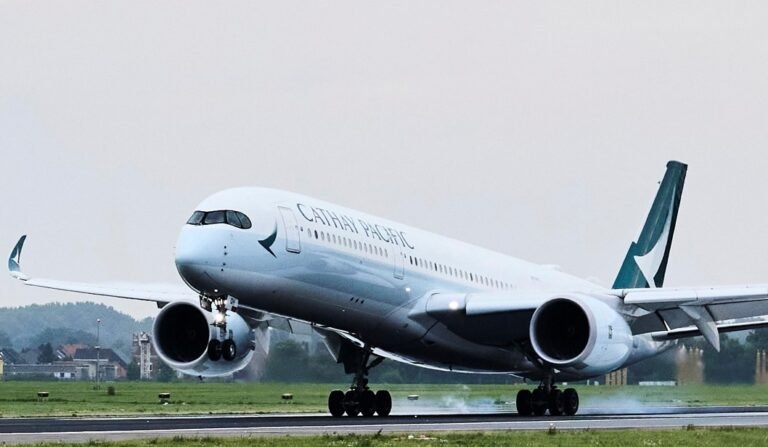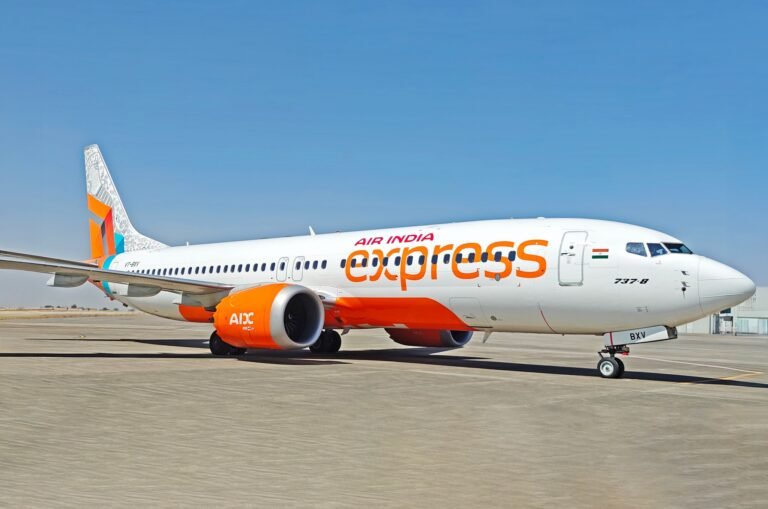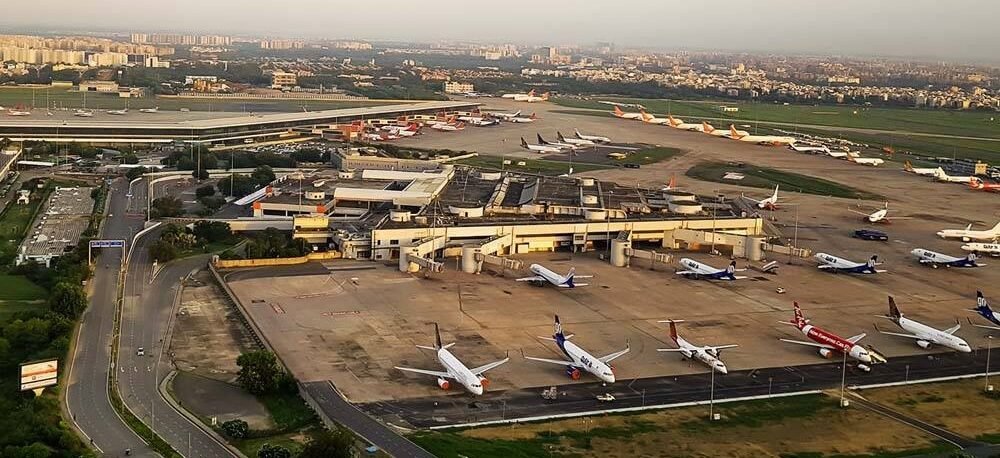
India: A Right to Information (RTI) response from the Directorate General of Civil Aviation (DGCA), as reported by The Times of India, has revealed that Indian airspace recorded 65 in-flight engine shutdowns over the past five years. The data also disclosed 11 Mayday calls between January 1, 2024, and May 31, 2025, four of which were linked to Hyderabad’s air traffic control region.
Engine Shutdowns Involving Multiple Airlines and Aircraft
The incidents spanned both domestic and foreign carriers, with shutdowns occurring during takeoff, in cruise, or as a precautionary measure following cockpit alerts. The DGCA identified key technical causes, including:
- Blocked or contaminated fuel filters
- Interrupted fuel supply
- Oil pressure loss
- Foreign object ingestion
- Turbine control unit malfunctions
All 65 incidents were classified as reportable occurrences under India’s civil aviation regulations and were investigated by the concerned operators under DGCA supervision.
“We continue to witness shutdowns due to recurring causes like fuel contamination or component wear. Every occurrence is tracked and mandates technical review,” said Capt. C. S. Randhawa, President of the Federation of Indian Pilots.
Mayday Calls Highlight Critical Emergencies
The DGCA confirmed that the 11 Mayday calls issued during the 17-month period were in response to severe emergencies requiring immediate crew response. These included engine fires, hydraulic failures, and other situations jeopardizing flight safety.
“A Mayday is the most serious alert. When pilots call one, it means the situation demands urgent intervention be it fire, total engine loss, or system failure,” explained Anil Rao, Executive Member, ALPA-India.
Though the RTI reply did not identify the specific flights or aircraft types, officials confirmed that all events were subject to post-flight safety reviews, many involving the Aircraft Accident Investigation Bureau (AAIB).
BCAS Staffing Vacancies Raise Oversight Concerns
Separately, the Bureau of Civil Aviation Security (BCAS), India’s aviation security watchdog, reported 224 vacancies out of 598 sanctioned posts as of March 2025. The shortfall represents a staffing gap of over 37%. A recent parliamentary standing committee had raised concerns that such vacancies may hinder effective regulatory oversight.
Air India Express Crash Raises Safety Scrutiny
The disclosure comes shortly after the Air India Express Flight IX-171 crash near Ahmedabad on June 12, 2025, in which an engine failure during climb-out was suspected based on preliminary reports. While the DGCA has not confirmed whether the case is counted among the 65 shutdowns, the timeline places it within the scope of the RTI data.
Aviation regulators emphasize that twin-engine aircraft are certified under ETOPS to continue flying with one engine inoperative, but each incident is taken seriously. Investigations may lead to maintenance bulletins, airworthiness directives, or fleet-wide inspections.
Lack of Public Safety Dashboard
India currently does not provide a public-facing aviation safety dashboard like the FAA’s Aviation Safety Information Analysis and Sharing (ASIAS) system. Access to data on technical issues or Mayday calls remains limited, often requiring RTI filings.
Increased transparency in aviation safety has been a growing demand among Indian aviation stakeholders. In its June 2025 report, a civil aviation working group recommended enhanced publication of anonymized safety statistics and the establishment of a centralized digital platform for incident data.

